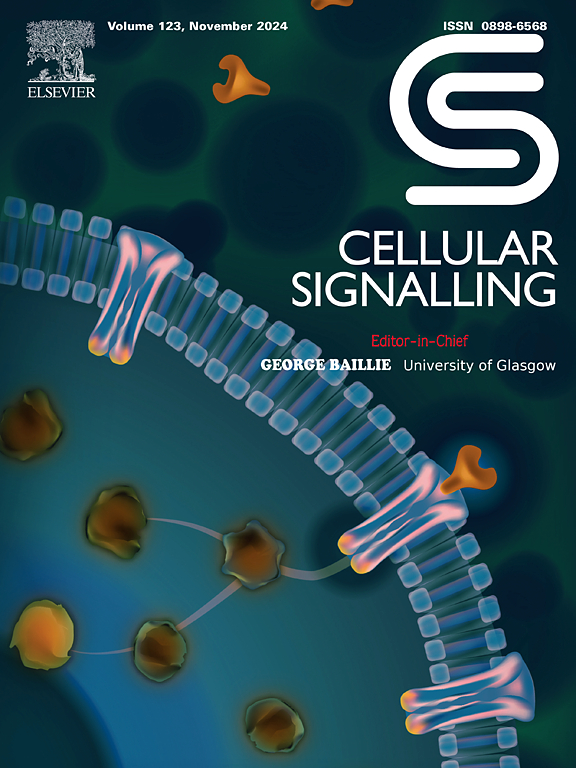D-Ala2-GIP (1−30) promotes angiogenesis by facilitating endothelial cell migration via the Epac/Rap1/Cdc42 signaling pathway
IF 4.4
2区 生物学
Q2 CELL BIOLOGY
引用次数: 0
Abstract
Angiogenesis, a meticulously regulated process essential for both normal development and pathological conditions, necessitates a comprehensive understanding of the endothelial mechanisms governing its progression. Leveraging the zebrafish model and NgAgo knockdown system to identify target genes influencing angiogenesis, our study highlights the significant role of gastric inhibitory polypeptide (GIP) and its receptor (GIPR) in this process. While GIP has been extensively studied for its insulinotropic and glucagonotropic effects, its role in angiogenesis remains unexplored. This study demonstrated that GIPR knockdown induced developmental delays, morphological abnormalities, and pronounced angiogenic impairments in zebrafish embryos. Conversely, exogenous D-Ala2-GIP administration enhanced blood vessel formation in the yolk sac membrane of chick embryos. Consistent with these findings, D-Ala2-GIP treatment promoted microvessel formation in the tube formation assays and rat aortic ring models. Further investigation revealed that D-Ala2-GIP facilitated human umbilical vein endothelial cell (HUVEC) migration, a key step in angiogenesis, through the cyclic adenosine monophosphate (cAMP)-mediated activation of the Epac/Rap1/Cdc42 signaling pathway. This study provides novel insights into the angiogenic functions of GIP and its potential implications for cardiovascular biology.

求助全文
约1分钟内获得全文
求助全文
来源期刊

Cellular signalling
生物-细胞生物学
CiteScore
8.40
自引率
0.00%
发文量
250
审稿时长
27 days
期刊介绍:
Cellular Signalling publishes original research describing fundamental and clinical findings on the mechanisms, actions and structural components of cellular signalling systems in vitro and in vivo.
Cellular Signalling aims at full length research papers defining signalling systems ranging from microorganisms to cells, tissues and higher organisms.
 求助内容:
求助内容: 应助结果提醒方式:
应助结果提醒方式:


